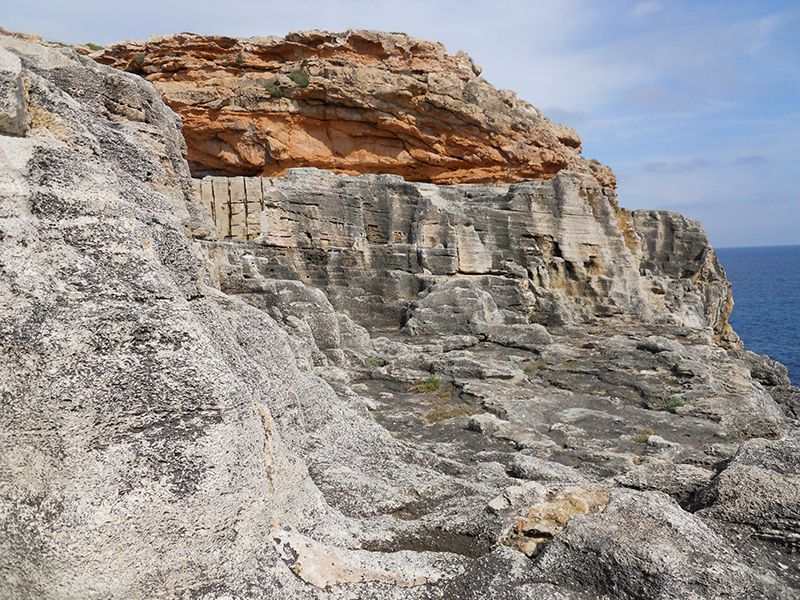History Of Carbonate Exploration in Southeast Asia


It is estimated that more than 60% of the world’s oil and 40% of the world’s gas reserves can be found in carbonate reservoirs. For instance, Middle East is dominated by carbonate fields – 70% of oil, 90% of gas reserves within these reservoirs. There is an estimate amount of 40 billion bbl of recoverable hydrocarbon worldwide, and about 40% (16 billion bbl) are found in tertiary buildups in Southeast Asia.
Production from carbonate rocks in Southeast Asia started in the late 1800s, in Eastern Indonesia, with the discovery of Bula field on Seram Island. At the same time, there were also other discoveries in East Java. Extensive exploration efforts were conducted by the Royal Dutch Shell companies in 1930s and 1940s from southern Sumatra to Irian Java on Papua New Guinea.
World War 2 ended most of the exploration efforts in Southeast Asia, and emphasis was placed on sandstone targets. Shell resumed exploration in Indonesia after the war, but was not successful in finding carbonate reservoirs. Henceforth, the period between 1943 – 1968 marked the lack of new discoveries in Southeast Asia.
In the early 1970s, there were major discoveries made, increasing the focus of exploration. Discoveries such as gas bearing reefs in the Central Luconia province of the Sarawak basin in eastern Malaysia. The discovery is made by Shell.
Mobil had also discovered a giant Arun gas field in northern Sumatra. From the period of 1977 to 1992, Arun field had produced 11.3 tcf of gas and 500 million bbl of condensate. In addition, in 1972, Mobil had also drilled a number of Miocene reef anomalies in the northeast of Sumatra.
There were many more discoveries made in the mentioned regions. Although the rate of discovery had slowed down in the late 1970s, 1980s had brought a new burst of drilling activities in Southeast Asia with new discoveries. Buildups containing hydrocarbons were also found in other parts of Southeast Asia. For instance, in 1990s. Shell/Oxy had discovered gas and oil in the Malampaya and Camago reef buildups off Northwest Palawan. There were many more similar discoveries in the subsequent years.
Southeast Asia is among the most tectonically complex and active regions in the world. There were major collisions betweent he Australia, Southeast Asia, Caroline, and Philippine tectonic plates occurred during the Tertiary and continue today. Understanding the origin and development of the basins is important to understanding the nature and distribution of the carbonate rocks and reservoirs throughout the region.
Advanced Carbonate Geology is a 3-day course that focus on tertiary carbonate systems and reservoirs of Southeast Asia. Partipants will also be provided with an updated review on the controls of carbonate sedimentation, global changes through the tertiary and how these affect reservoirs types, and many more. Discussions will also be conducted based on examples from Southeast Asia. For more information, please visit us at http://www.opuskinetic.com/training or contact us at info@opuskinetic.com
Opus Kinetic believes that people are why organisations are successful, and giving people the knowledge to perform well at their job is integral for success. We pride ourselves as the premier provider of knowledge, offering acclaimed in-house training, leadership training courses, oil and gas training courses, courses that target health safety and environment, etc. Our training courses are well researched and updated with the latest industry trends. For more information on our professional training programs, you can visit us at http://www.opuskinetic.com/training.
